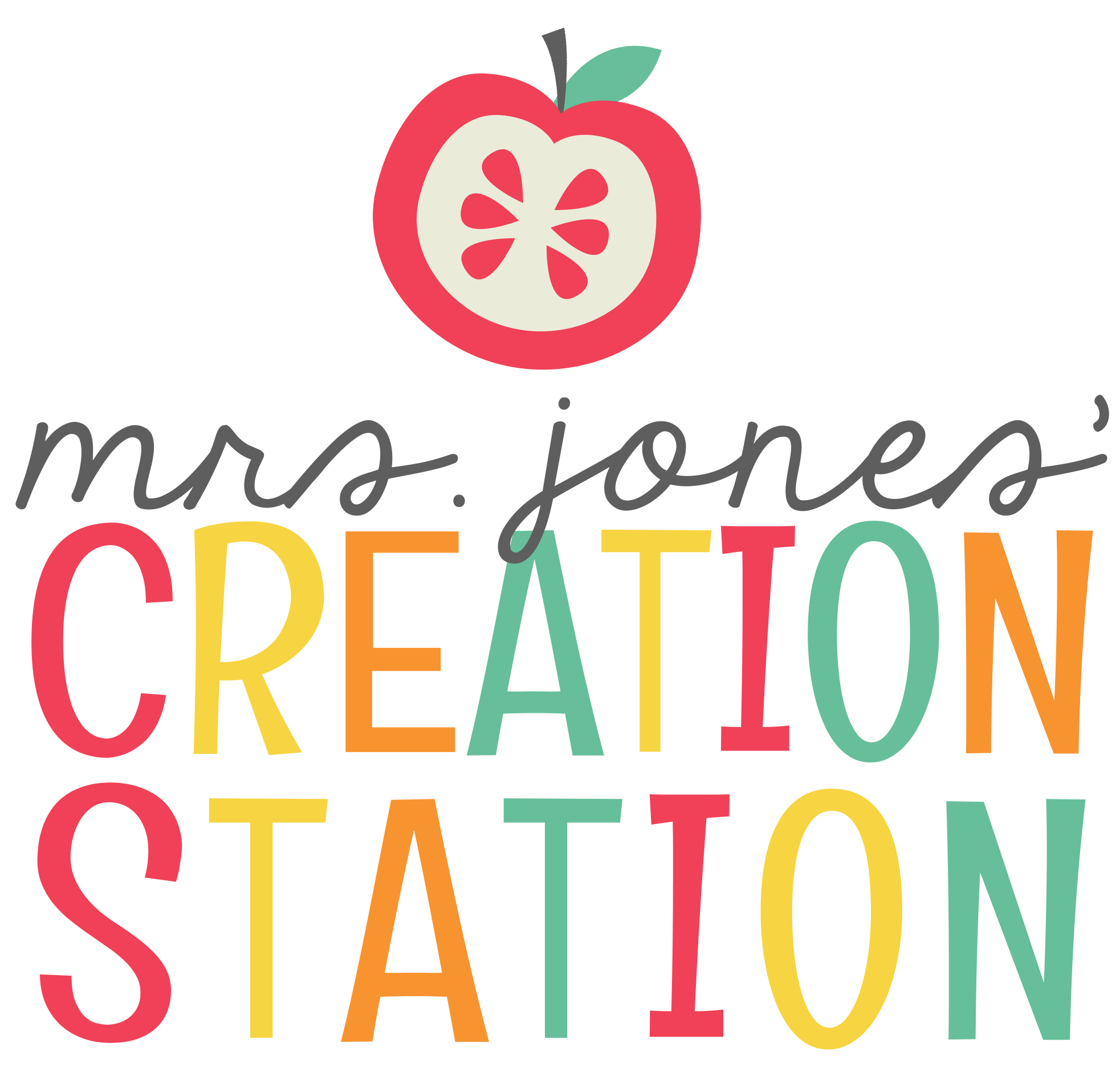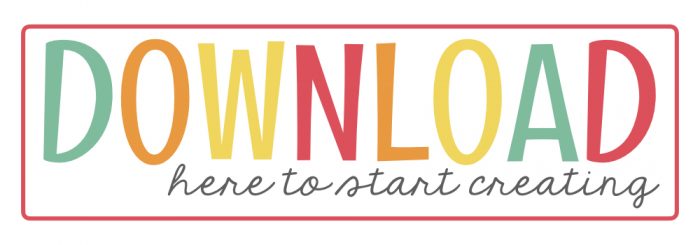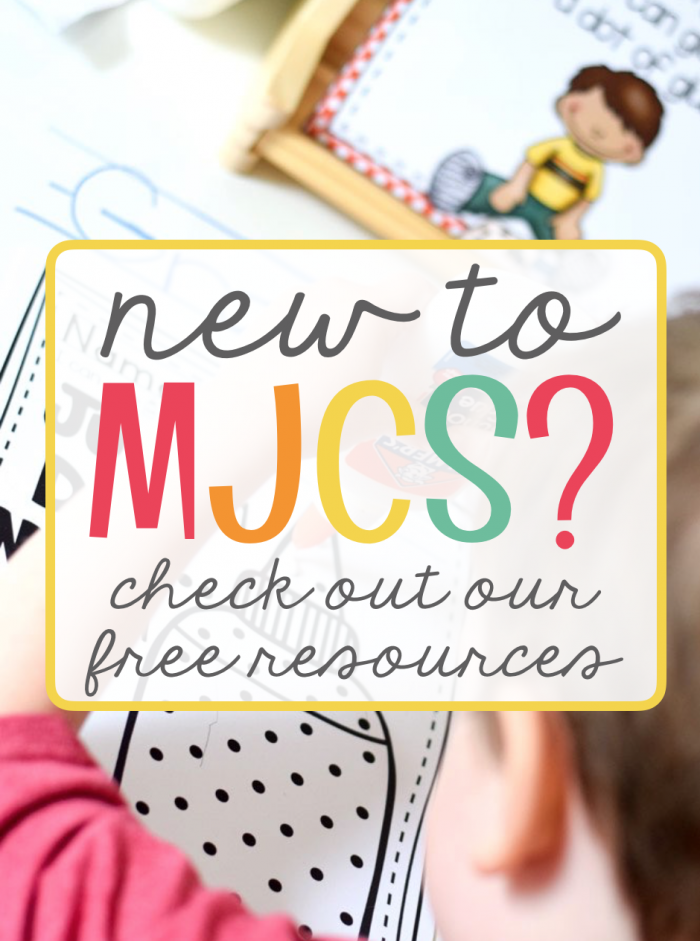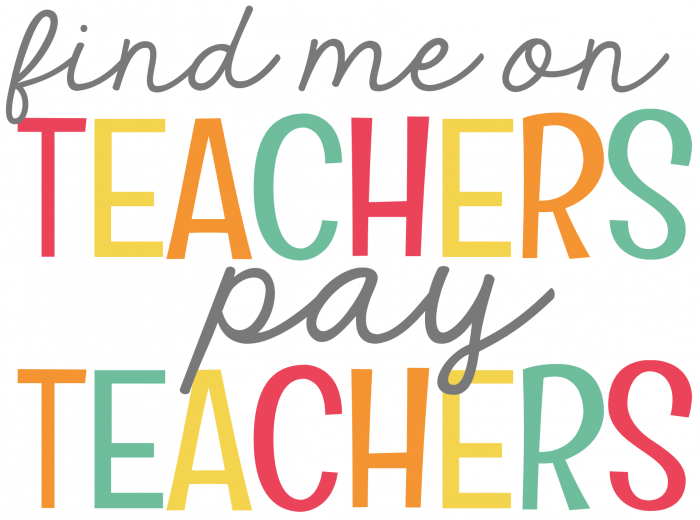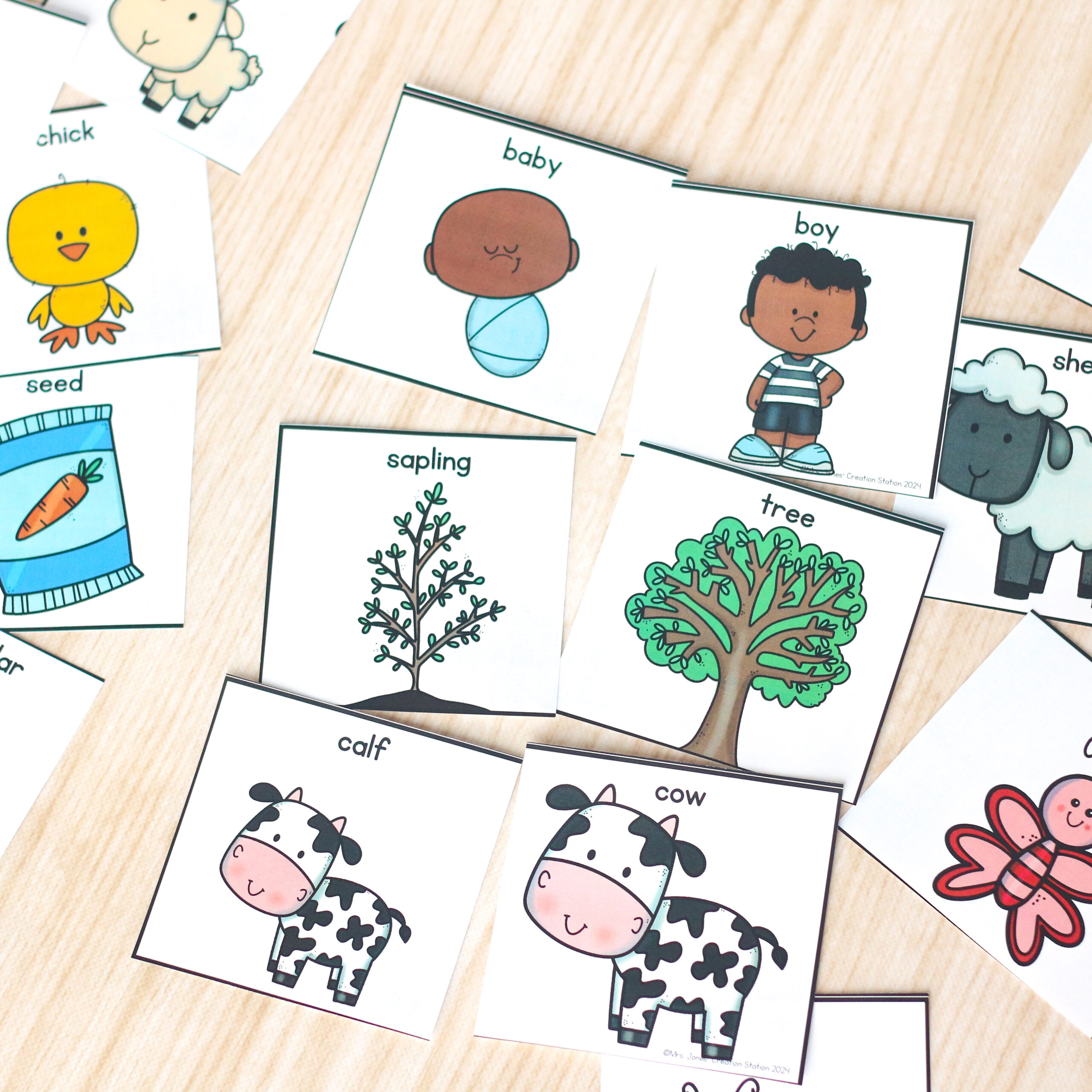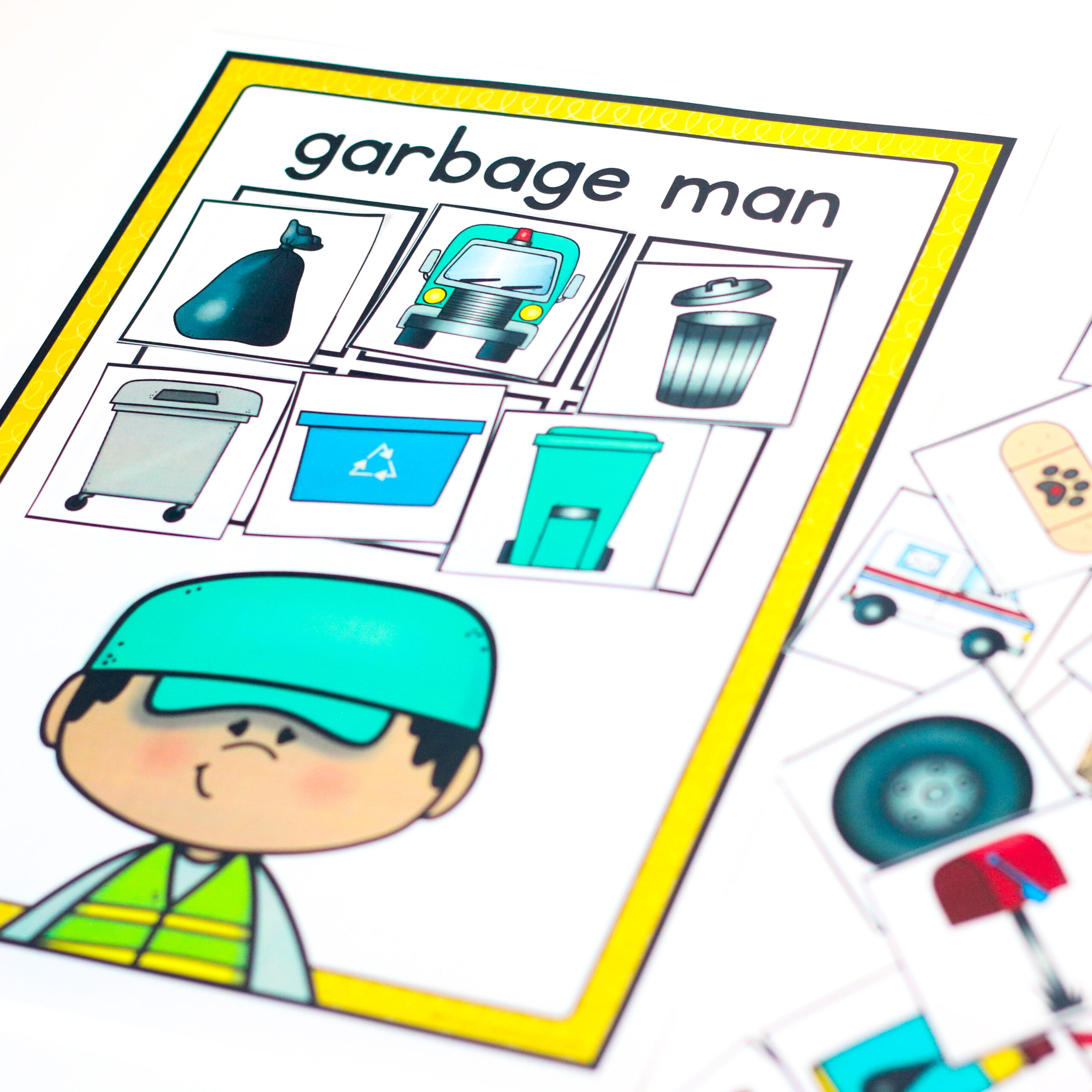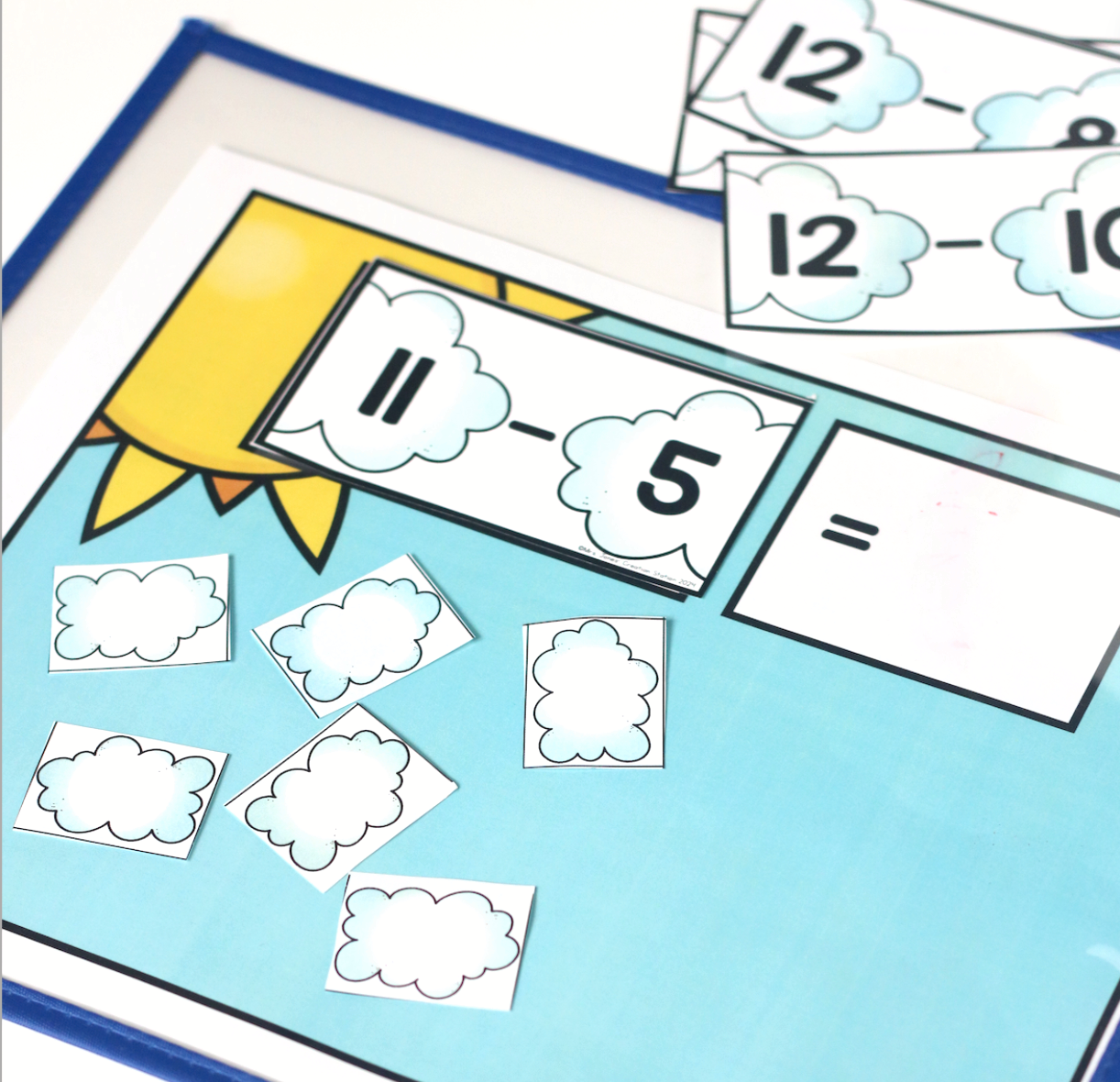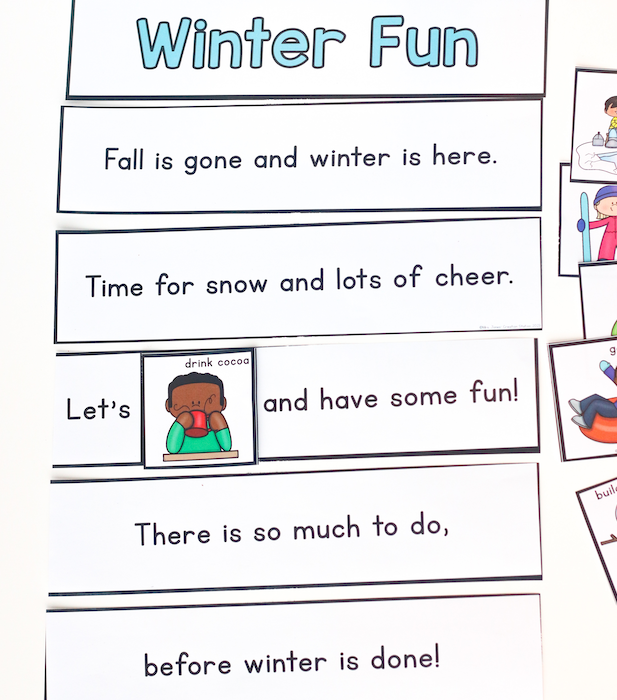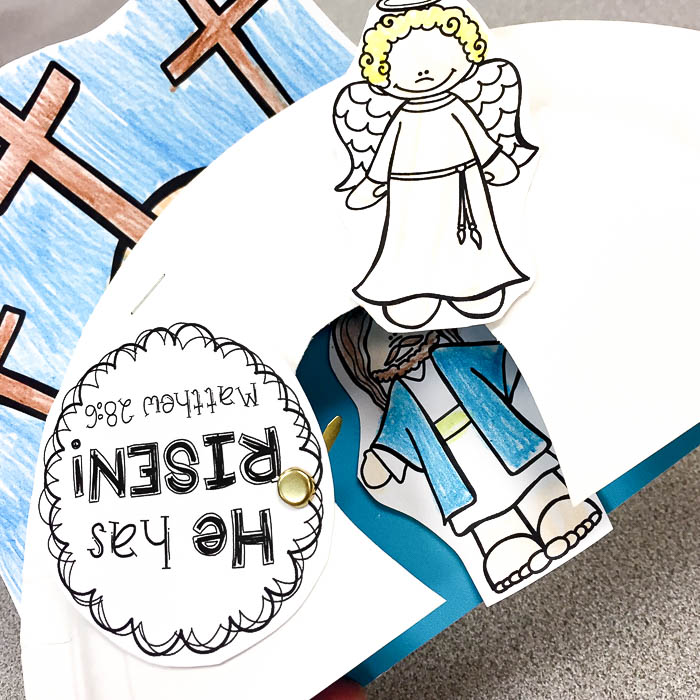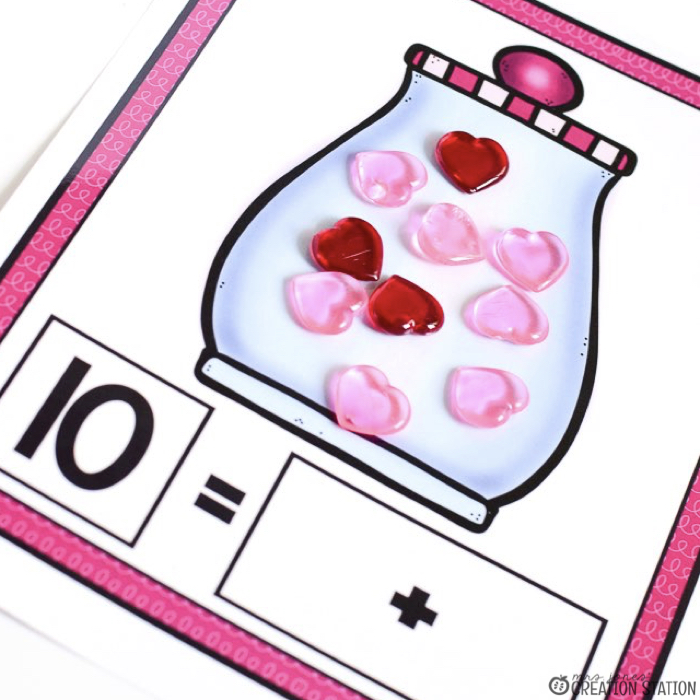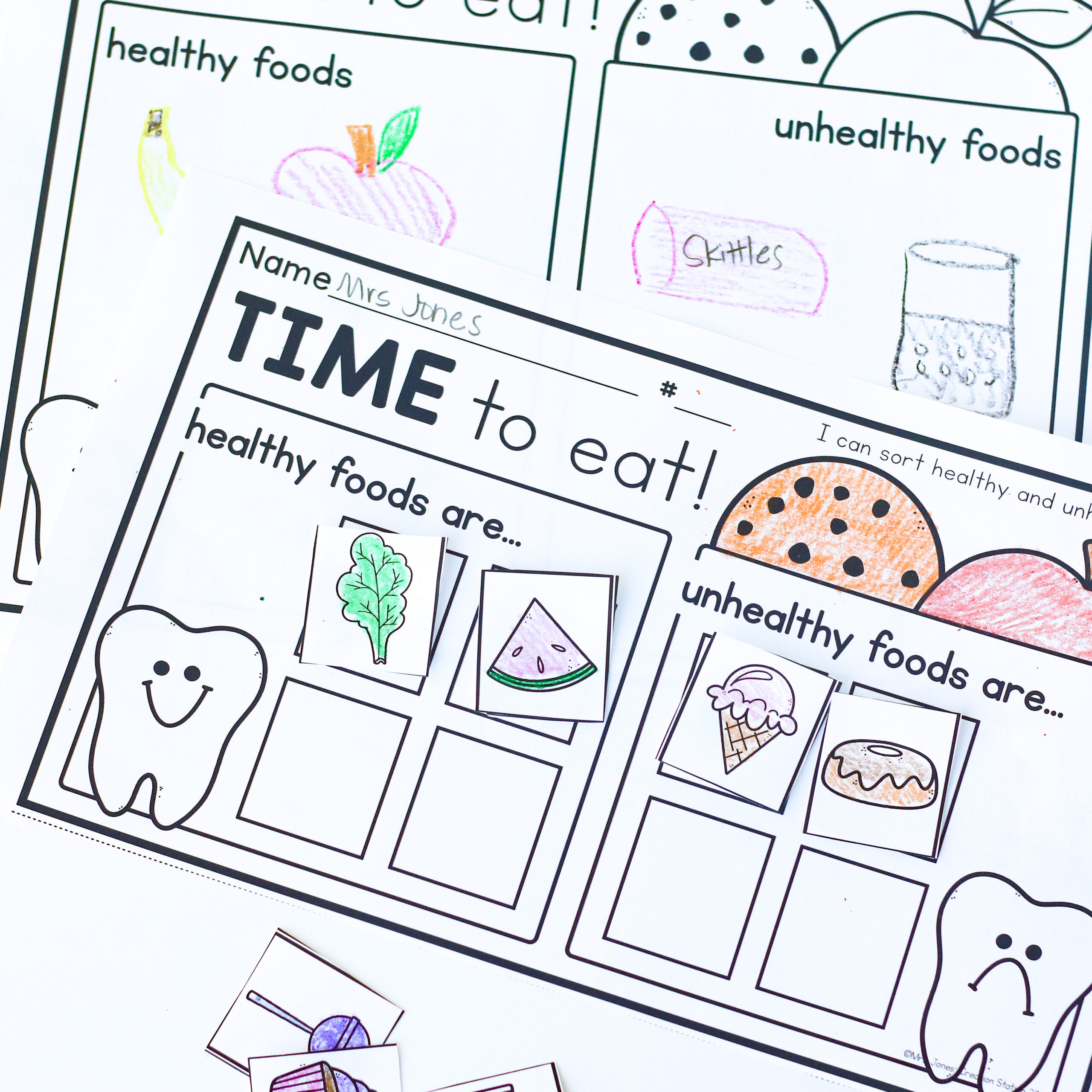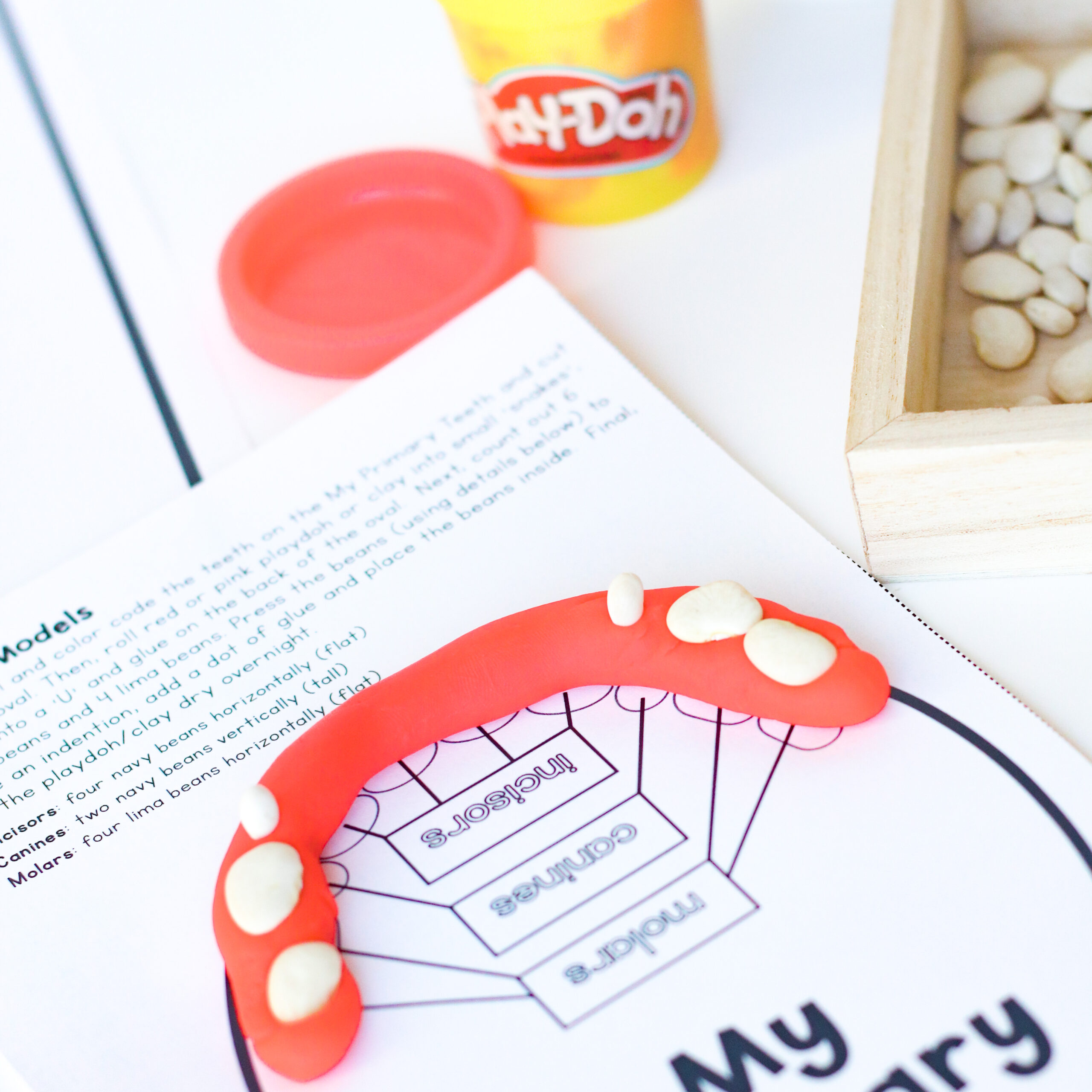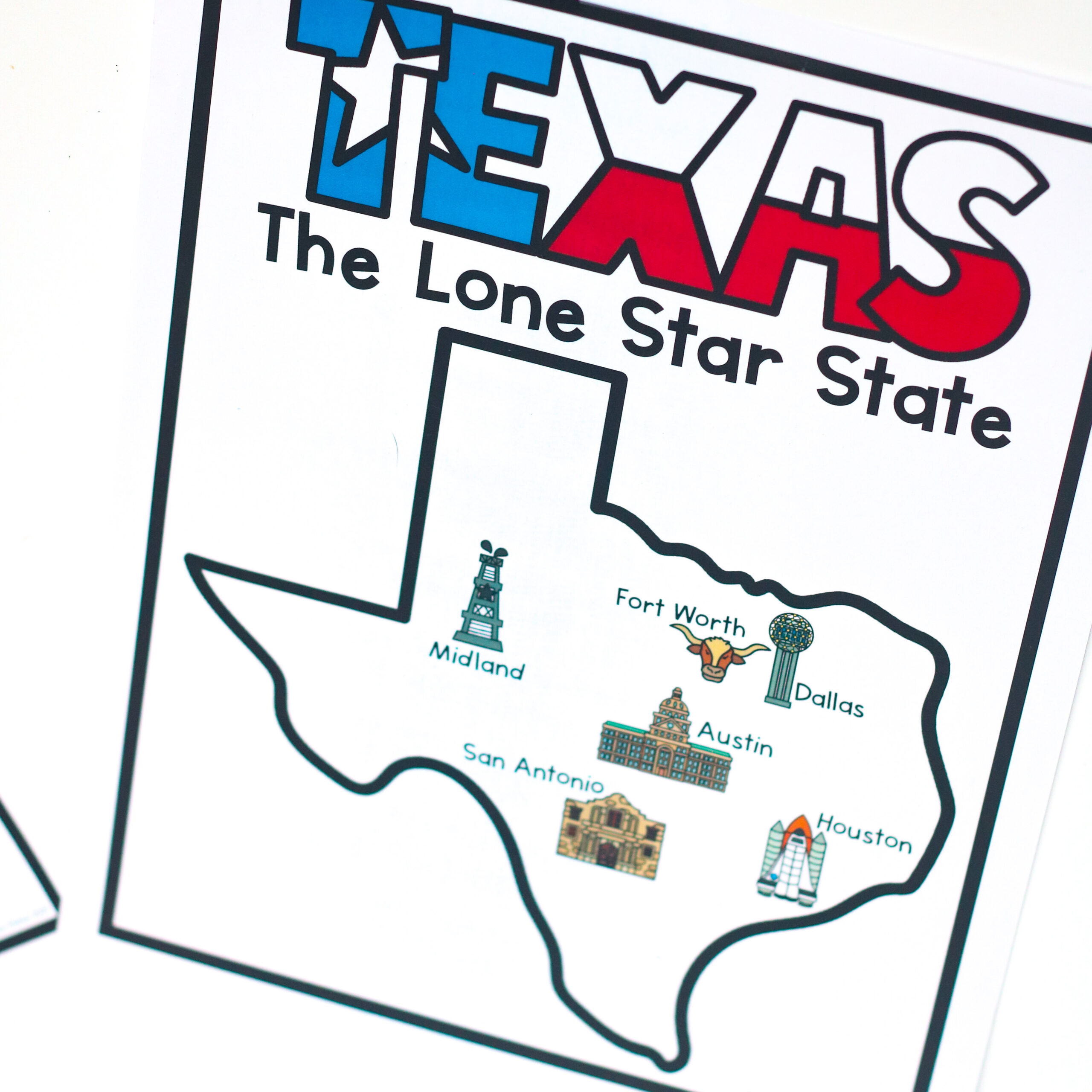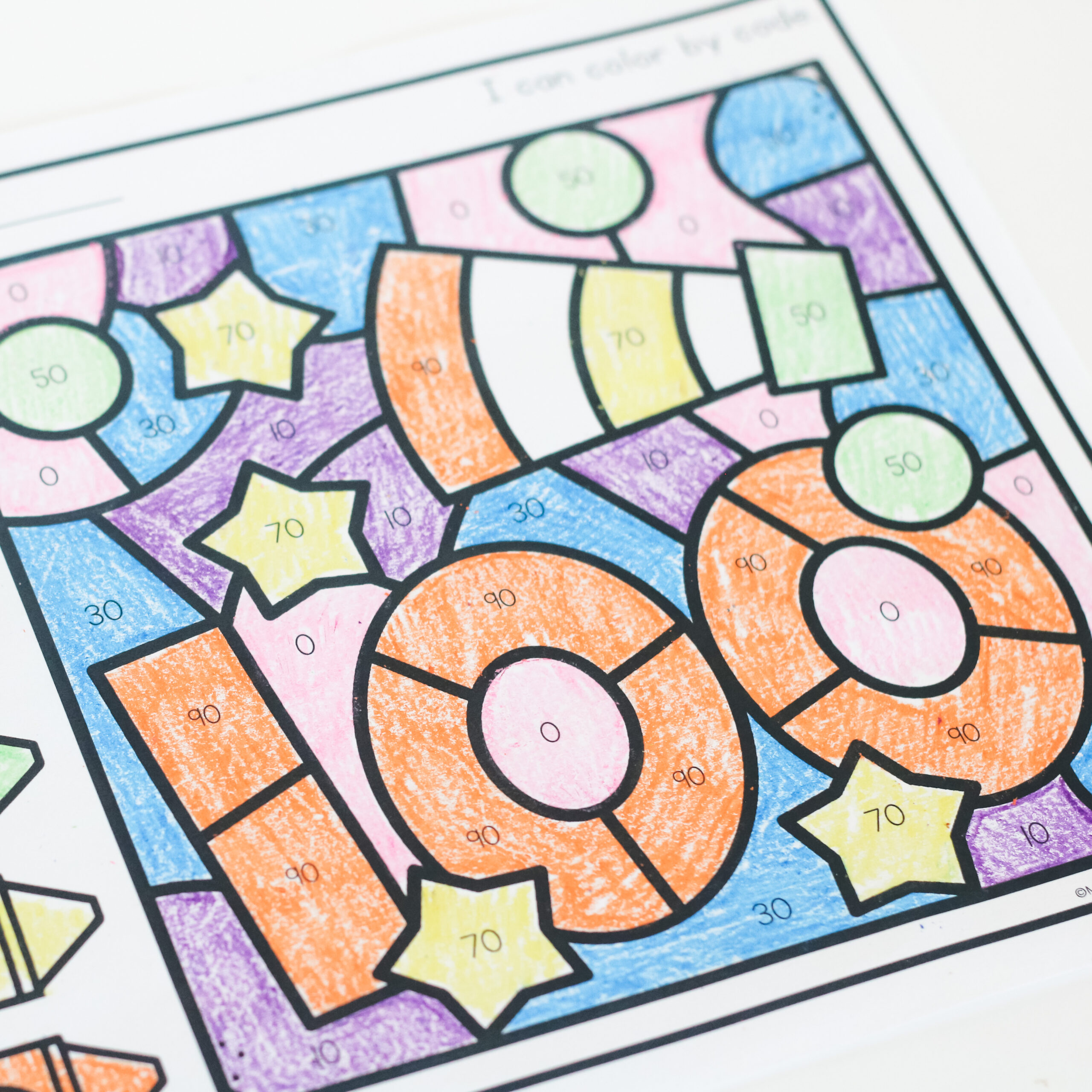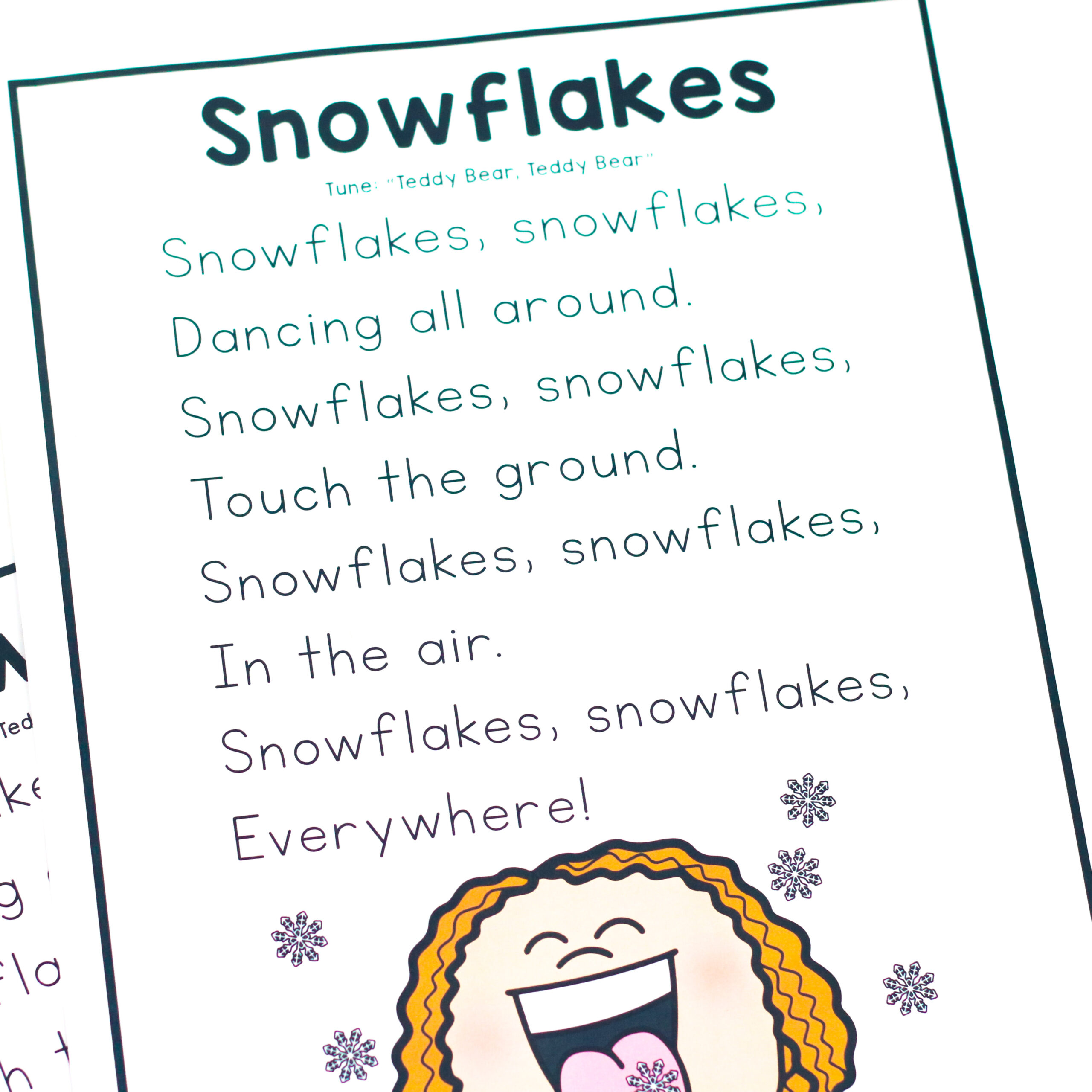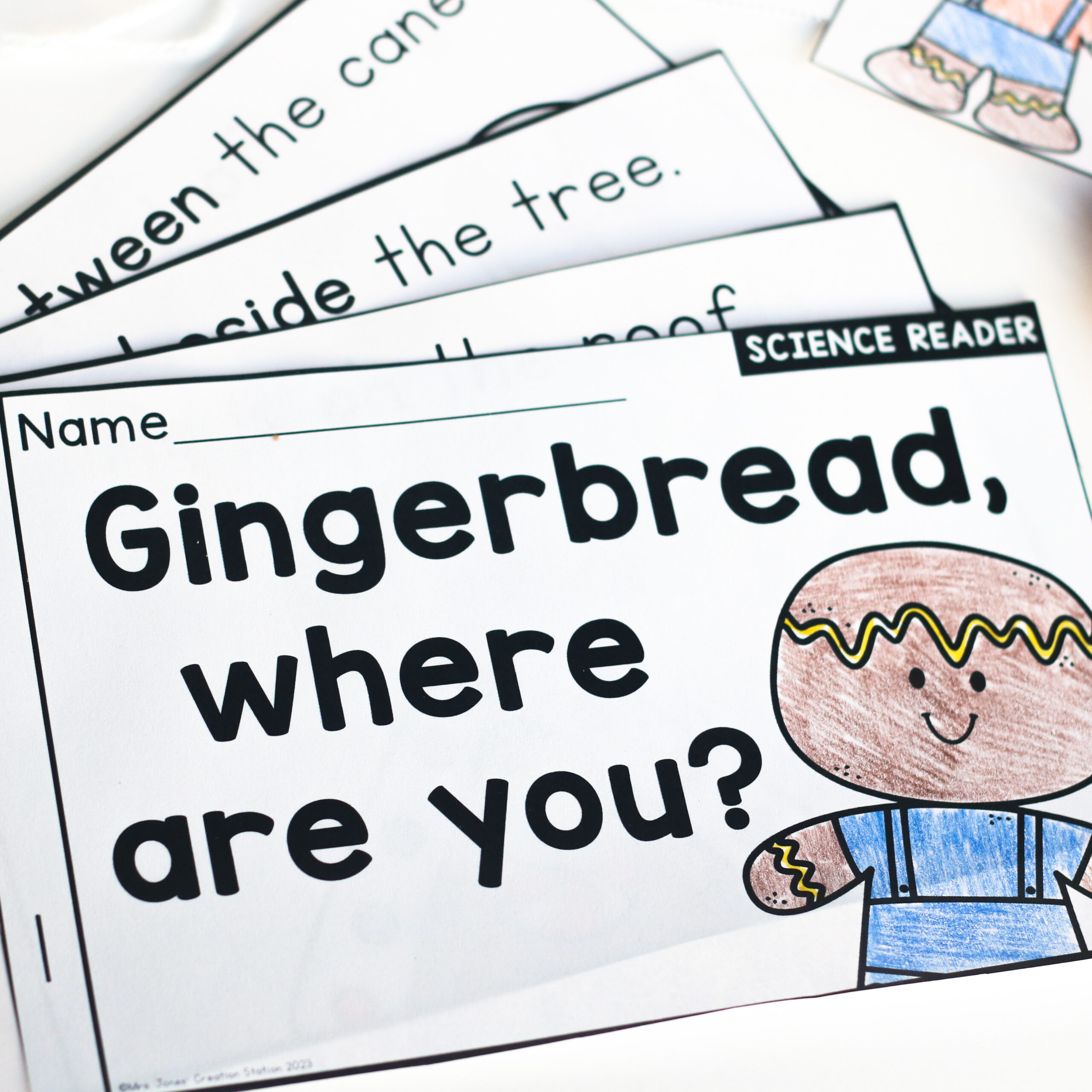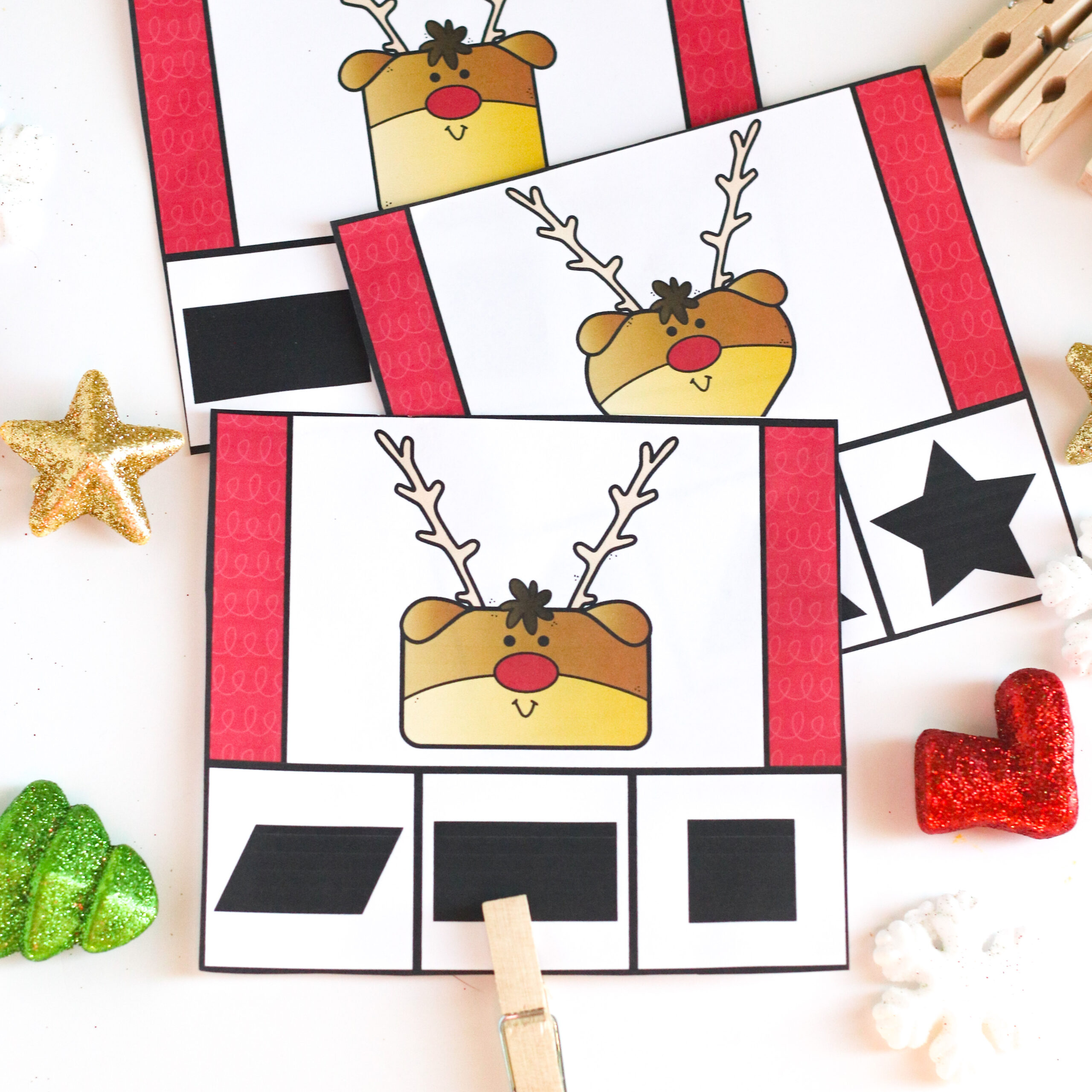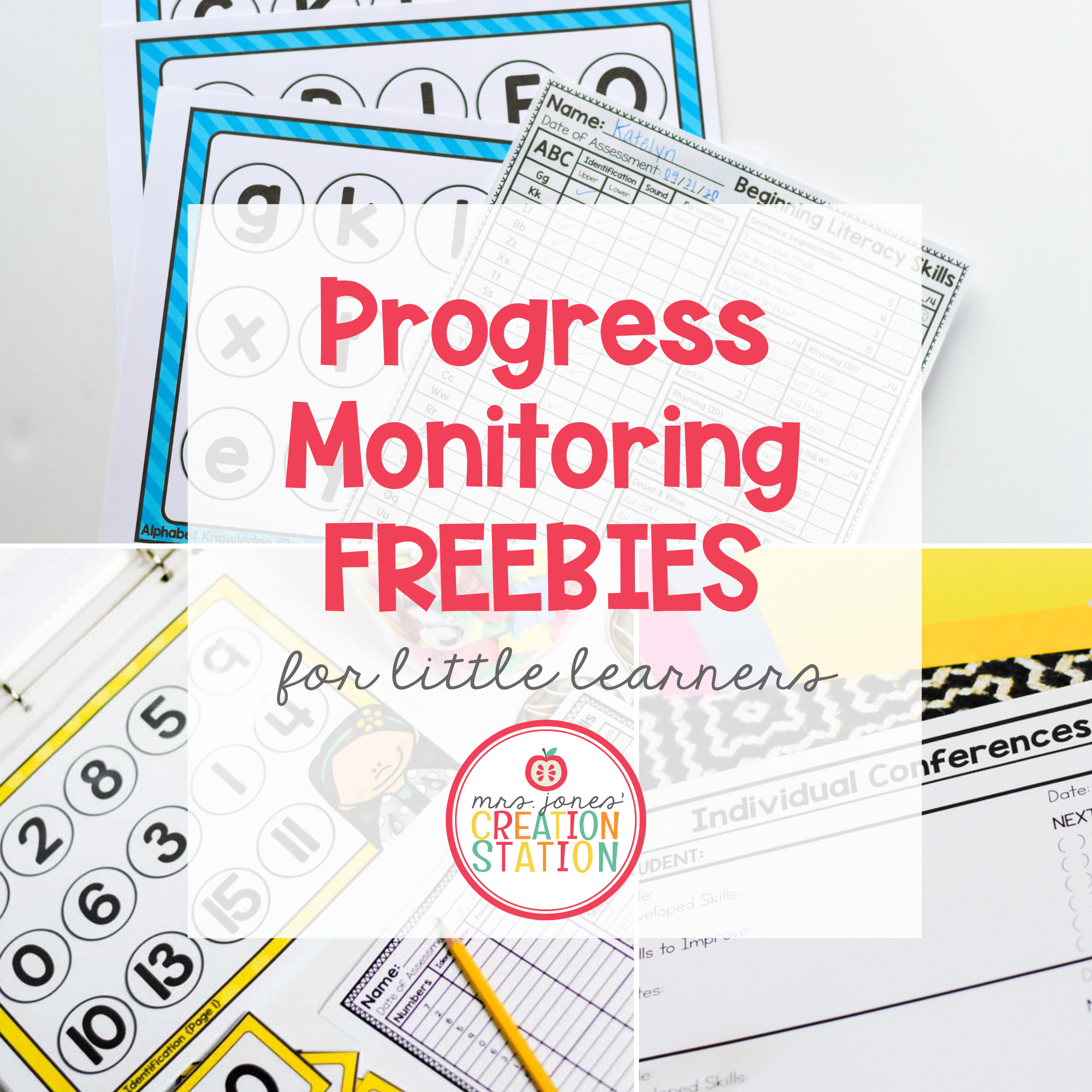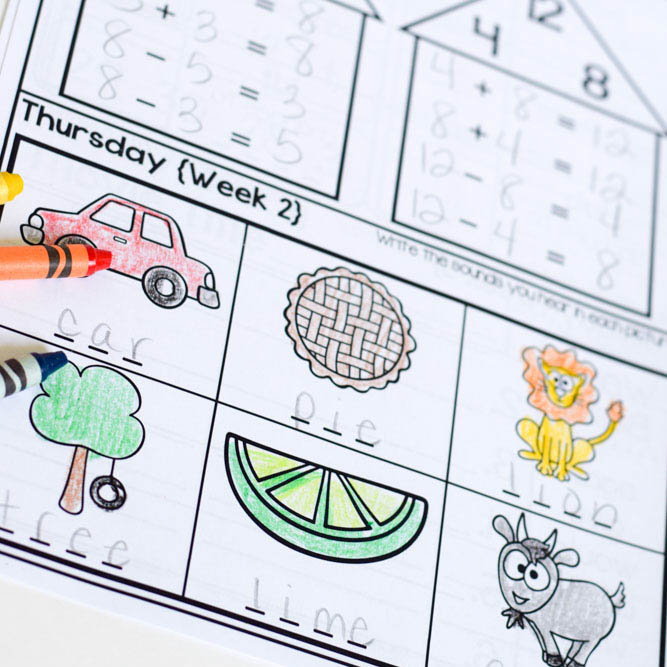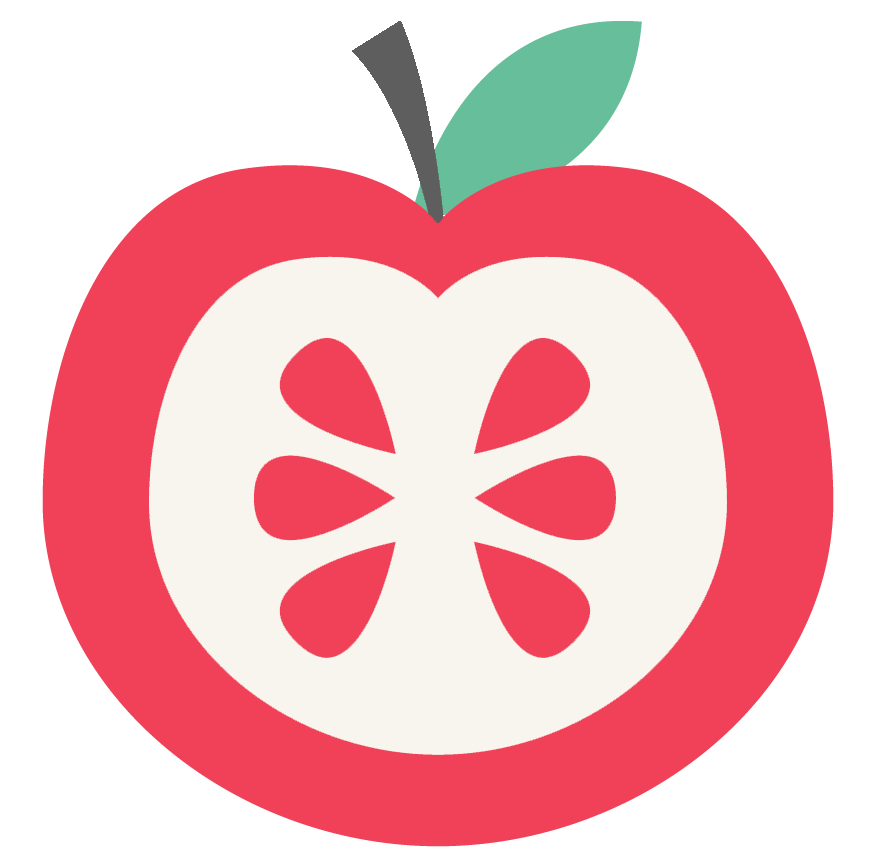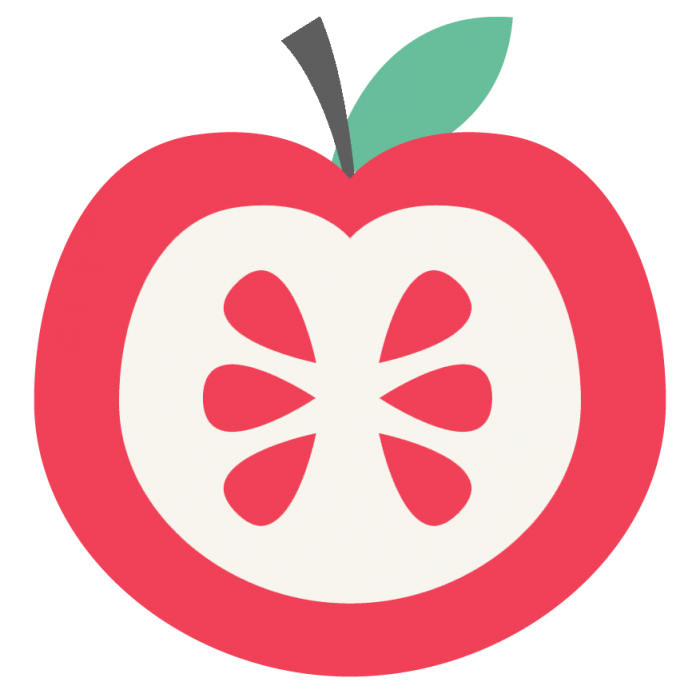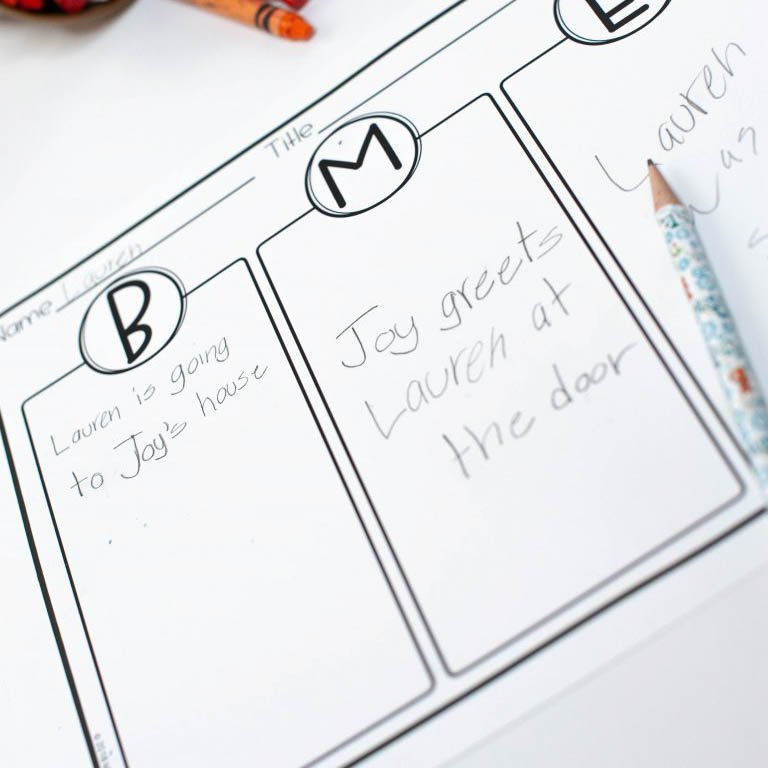I’m so excited to share with you another week of writing tips for Writer’s Workshop. Your little writers are even closer to writing their own story. Some of them will be their very first time, others will get to add another story to their portfolio. This week is all about story progression. The story finally takes shape through a course of events.
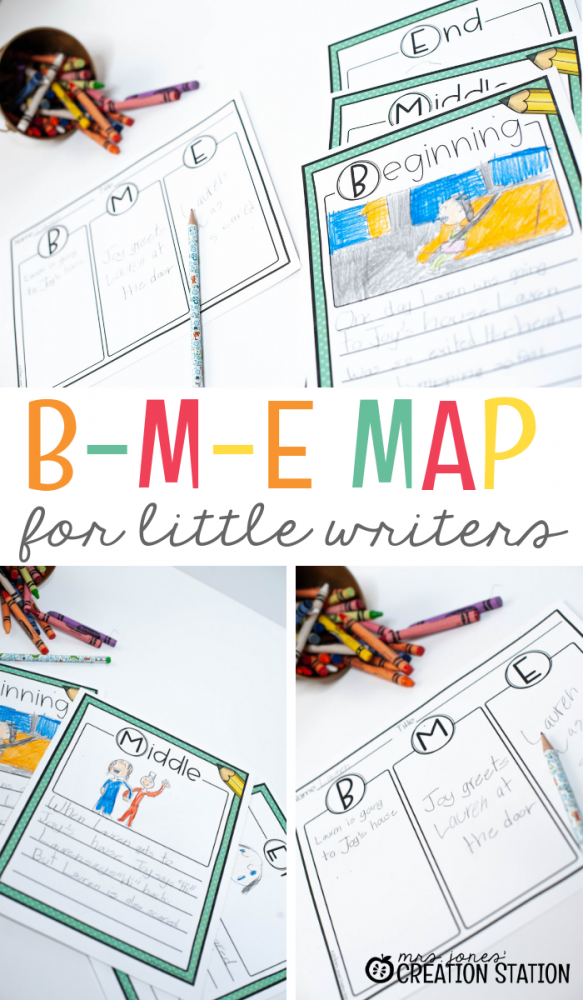
Did I Mention Mentor Texts??
In my last Writing Series posts, I’ve made a point to really stress the importance of mentor texts. At this point in the writing process, it’s still just as crucial to show them great examples of writing.
I like to stick to 2-3 of my favorite mentor texts during the entire writing process. Having too many books can make your students overwhelmed. And I like to choose books that are similar in plot because this will give your students a variety of ideas to write about.
At this point of the writing process, I really focus on beginning, middle and end. We break each part down and discuss what happens in each.
Let’s Start Writing!
After thorough discussion with our three mentor texts over the last few days, it’s time to take our thoughts to paper!
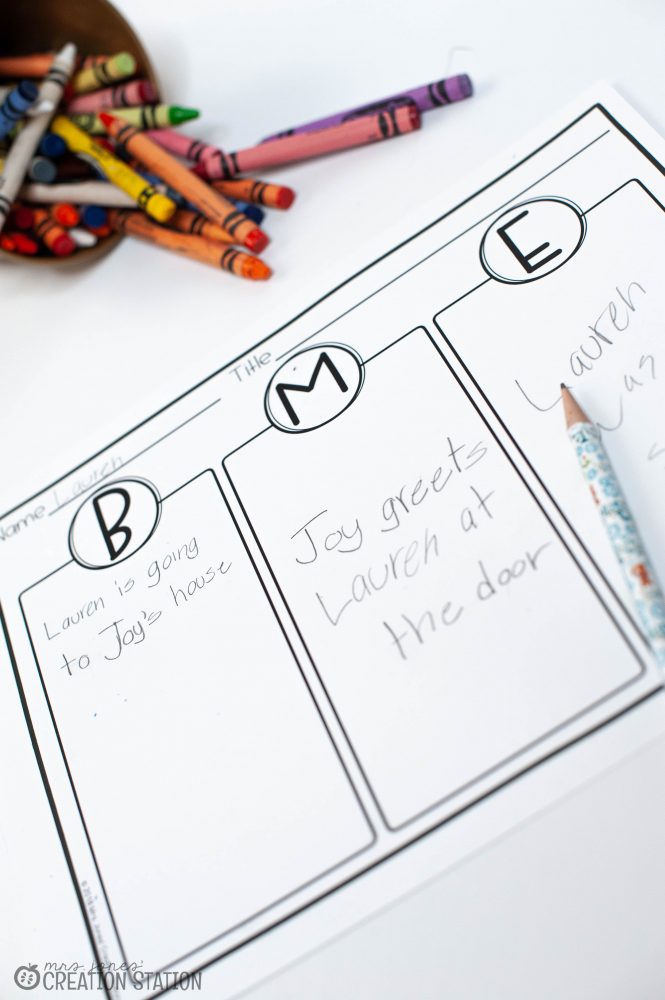
I go back to my gradual release model that I mentioned in Part 1, where I model, model, model! They just watch while I think aloud.
Next, we write together. It’s your preference how you organize this, but I like to think aloud and let my students add to my thoughts and ideas.
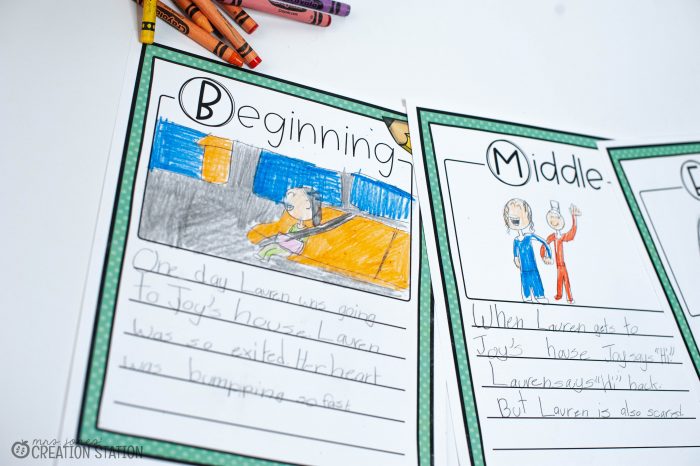
Last, you send your students off to write their own story. You might wonder how long the entire gradual release model lasts? Every class is different. It all depends on what you observe.
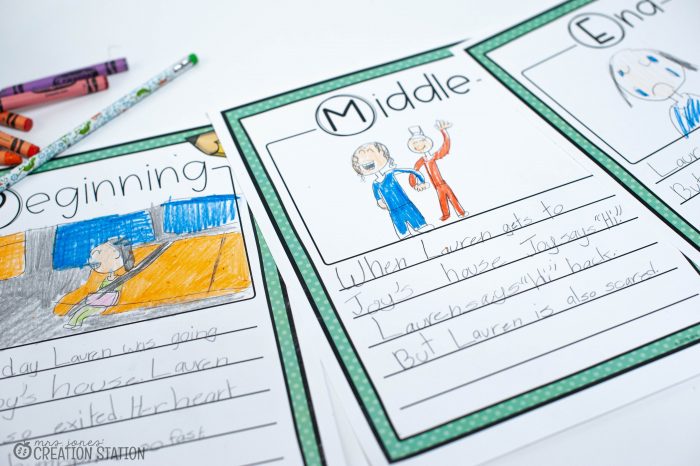
Here are some tips that I like to mention when modeling beginning, middle and end.
- Beginning: This is where the characters and setting are introduced. Your more advanced readers might be able to come up with several sentences to do this. Your more timid writers might be very basic and give you two sentences. It’s okay. The more you model over time, the more creative they will become.
- Middle: The problem is introduced. I like to model that good writers show readers what causes the problem. Again, some students will give you the basics while others will blow your mind in creativity. Either way, praise them all for giving it their all!
- End: The happy ending 🙂 This is where the problem is solved, and everything is right in the world! A story wouldn’t be good to read without a good ending. And we discuss that when I model this part of the story.
I would like to help you out this week and make this step a little more easy! You can grab my B-M-E Story Map and printables for FREE this week on the blog! Just click the link below!
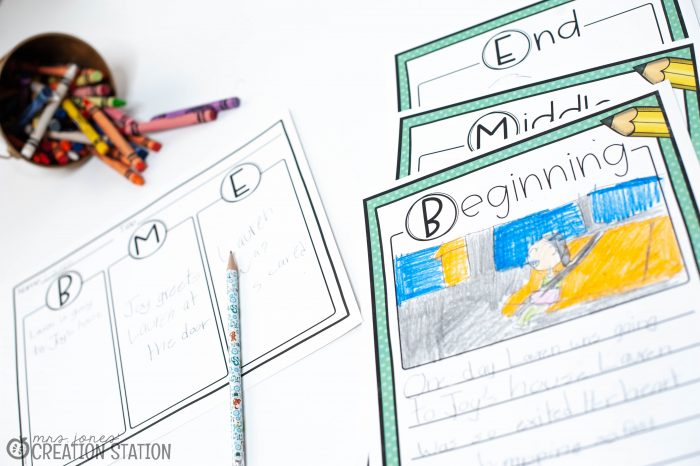
Writing Series
Stay tuned for more ideas and resources that you can use during your Writer’s Workshop. From mini-lessons to anchor charts you can find what you need to help your writers grow.
Week 1- Anecdotal Notes
Week 2- Story Prewriting
Week 3- Story Elements Map
Week 4- Story Progression Map
Week 5- Sensory Details Map and Printables
Week 6- Publishing Rubric and Guide
